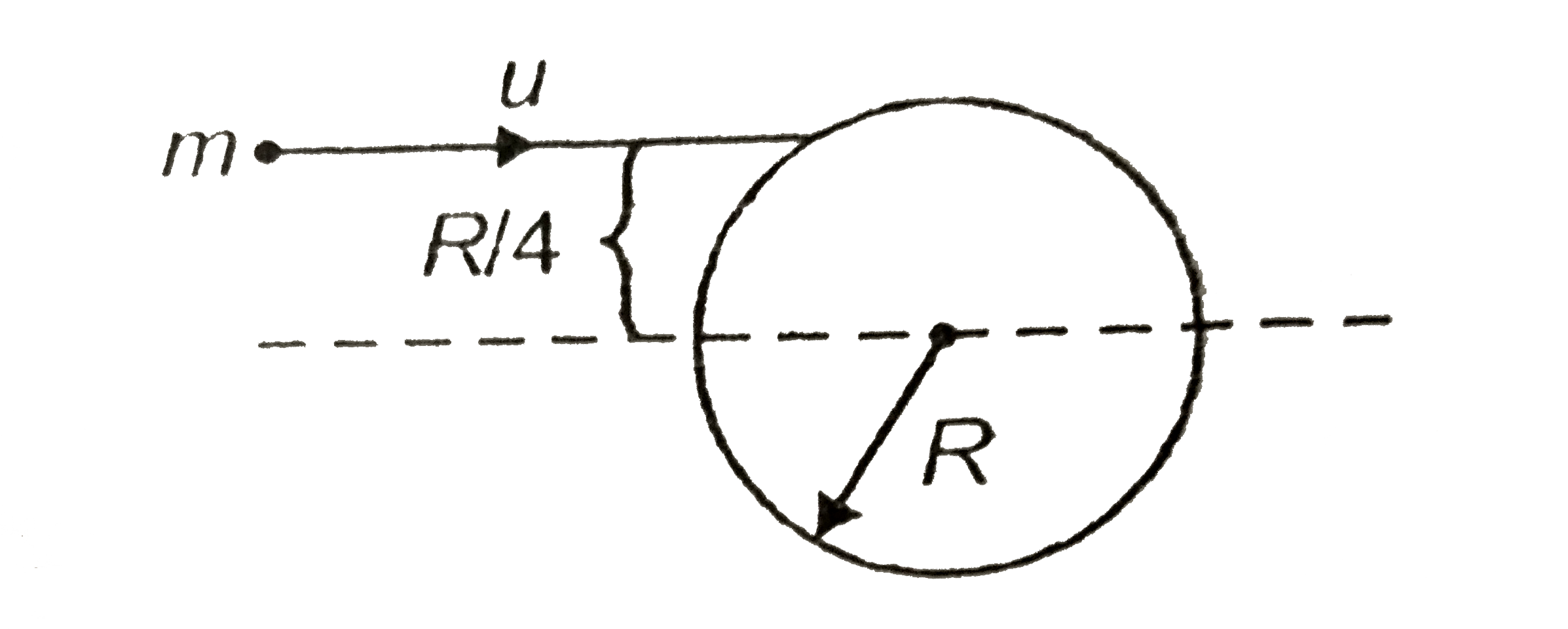Why does a phonograph record attract dust particles just after it is cleaned?
Step by step video & image solution for Why does a phonograph record attract dust particles just after it is cleaned? by Physics experts to help you in doubts & scoring excellent marks in Class 12 exams.
Topper's Solved these Questions
- BOOK - PHYSICS GALAXY - ASHISH ARORACHAPTER - ELECTROSTATICSEXERCISE - Conceptual MCQs single option correct70videos
ELECTROSTATICS
- BOOK - PHYSICS GALAXY - ASHISH ARORACHAPTER - ELECTROSTATICSEXERCISE - Numerical MCQs Single options Correct64videos
ELECTROSTATICS
- BOOK - PHYSICS GALAXY - ASHISH ARORACHAPTER - ELECTROSTATICSEXERCISE - Partice Exercise 1.101videos
ELECTROSTATICS
- BOOK - PHYSICS GALAXY - ASHISH ARORACHAPTER - ELECTROMAGNETIC INDUCTION AND ALTERNATING CURRENTEXERCISE - Advance MCQs33videos
ELECTROMAGNETIC INDUCTION AND ALTERNATING CURRENT
- BOOK - PHYSICS GALAXY - ASHISH ARORACHAPTER - GEOMETRICAL OPTICSEXERCISE - Unsolved Numerical Problems107videos
GEOMETRICAL OPTICS
Similar Questions
Knowledge Check
- Question 1 - Select One
Dust particles released by comets are continuously acted upon by sun's radiation pressure in radial outward direction. Assuming a dust particle with ρ=3.5×103kg/m3 and reflection coefficient 0. for what value of radius r does gravitational force on dust.
particle just balance the radiation force on it from sunlight ? (power radiated by sun =4×1026W , mass of sun =2×1030kg)A0.1μηB0.17μηC10μηD17μη - Question 2 - Select One
The negatively charged dust particles are attracted by
AElectrode wiresBDischarge coronaCCollection platesDAll of the above - Question 3 - Select One or More
A particle of mass m collides with another stationary particle of mass M such that the second particle starts moving and the first particle stops just after the collision. Then which of the following conditions must always be valid ?
AmM≤1BmM=1Ce=1De≤1
Why does a charged glass rod attract a piece of paper ?
View SolutionA particle of mass m strikes a disc of radius R and mass m with a speed u as shown in the figure. What is the speed of the particle just after the collision if the collision is perfectly inelastic ?
 View Solution
View SolutionA particle of mass m is kept on the top of a smooth sphere of radius LR. It is given a sharp impulse whichimparts it a horizontal speed v. a. find thenormal force between the sphere and the particle just after the impulse. B. What should be the minimum value of v for which the particle does not slip on the sphere? c. Assuming the velocity v to be half the minimum calculated in part, d. find teh angle made by the radius through the particle with the vertical when it leaves the sphere.
 View Solution
View SolutionWhy we see a rainbow just after rains? Explain the phenomenon as well with a diagram
View SolutionWhy does fire ul("attract") insects ?
View Solution

